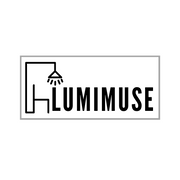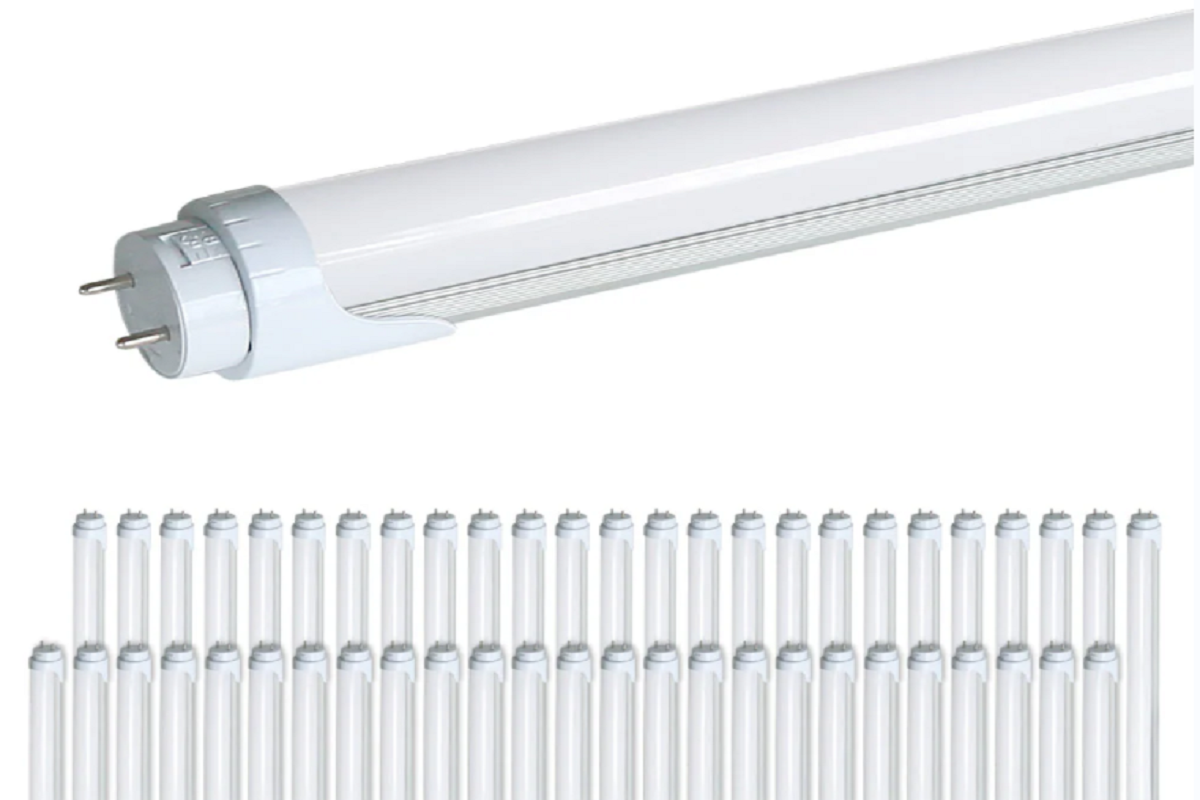Introduction
LED tube lights have gained popularity as an energy-efficient and long-lasting alternative to traditional fluorescent tube lights. They offer several advantages, including energy efficiency, durability, and instant-on capability. However, they also have some drawbacks, such as a higher initial cost and potential compatibility issues with existing fixtures. Understanding their lifespan and how to choose the right LED tube lights for your room is crucial for making an informed decision.
Advantages and Disadvantages of Led Tube Lights
Advantages
- Energy-efficient: Theyare highly energy-efficient, consuming significantly less energy compared to traditional fluorescent tube lights.
- Long lifespan: Theselights have a longer lifespan, typically lasting up to 50,000 hours or more, reducing the frequency of replacements.
- Durability: Theselights are durable and resistant to shocks and vibrations, making them suitable for various environments.
- Instant-on: Theselights turn on instantly without any warm-up time, providing immediate full brightness.
- Environmentally friendly: LED tube lights do not contain harmful substances like mercury, making them environmentally friendly and easier to dispose of.
Disadvantages
- Higher initial cost: Theytend to have a higher upfront cost compared to traditional fluorescent tube lights.
- Heat sensitivity: LED tube lights are sensitive to heat, and excessive heat can affect their performance and lifespan.
- Compatibility issues: Some LED tube lights may not be compatible with existing fluorescent fixtures, requiring additional modifications or replacements.
Note: The advantages and disadvantages of LED tube lights can vary depending on the specific brand and model.
How Long Will a Led Tube Last?
LED tubes have a longer lifespan than conventional fluorescent tubes. On average, LED tube lights can last 50,000 hours or more, depending on product quality and usage conditions. This is substantially longer than the lifespan of fluorescent tubes, which normally last between 10,000 and 15,000 hours. It is crucial to remember that factors such as operating temperature, voltage variations, and the quality of the LED components used in an LED tube can all have an impact on its real lifespan.
How Do I Choose Led Tube Lights For My Room?
When choosing LED tube lights for your room, consider the following factors:
- Size:Measure the length and diameter (if applicable) of your current fluorescent tube lights to confirm they are compatible with the LED tube lights you intend to purchase. LED tube lights are available in a variety of sizes, including T8 and T5, so select the size that corresponds to your existing fixtures.
- Color Temperature: Determine the ambiance and lighting impact you want for your room. LED tube lights available in a variety of color temperatures, including warm white (2700K-3000K) and cool white (5000K-6500K). Warm white generates a pleasant and relaxing atmosphere, whilst cool white produces a brighter and more stimulating light.
- Brightness: Consider the appropriate brightness level for your room. LED tube lights are measured in lumens (lm), with more lumen output indicating a brighter light. Assess the size and purpose of your room to find the best lumen output for optimal lighting.
- Energy Efficiency: Look for LED tube lights with good energy efficiency ratings, measured in lumens per watt (lm/W). Higher efficiency means more light production per unit of energy spent, which saves energy over time.
- Lifespan and Warranty: Check the rated lifespan of the LED tube lights, which is often measured in hours. Choose lights with longer lifespans to reduce the frequency of replacements. In addition, evaluate the manufacturer's guarantee to assure reliability and peace of mind.
- Dimmability: Determine whether you need dimmable LED tube lights to adjust the brightness level based on your preferences. Not all LED tube lights are dimmable, so check the product specifications if this is important to you.
- Brand and Quality: Choose LED tube lights from respected brands that produce high-quality products. Read customer reviews and look for certifications, such as Energy Star, to confirm the lights match industry requirements.
It's also recommended to consult with a lighting professional or electrician if you have specific requirements or need assistance with installation.
Can An Led Tube Replace a Fluorescent Tube?
Yes, LED tubes can be used as a replacement for fluorescent tubes. In fact, many people choose to upgrade their lighting fixtures with LED tubes due to their energy efficiency and longer lifespan.
To replace a fluorescent tube with an LED tube, check sure the new tube is compatible with the existing fixture. There are two kinds of LED tubes available for replacement.
1. Plug-and-play (Type A): These LED tubes can be put directly into existing fluorescent fixtures with no changes. They include a built-in motor that allows them to use the fluorescent fixture's current ballast.
2. Ballast bypass (Type B): For these LED tubes, the existing ballast must be bypassed or removed from the fixture. The LED tube is then connected directly to the electrical system's line voltage (120 or 277V).
Some LED tubes have hybrid choices (Type A/B) that can be used with or without an existing ballast.
If you are unsure about compatibility or the installation process, follow the manufacturer's instructions and consult with a certified electrician. Proper installation offers the best performance and safety.

